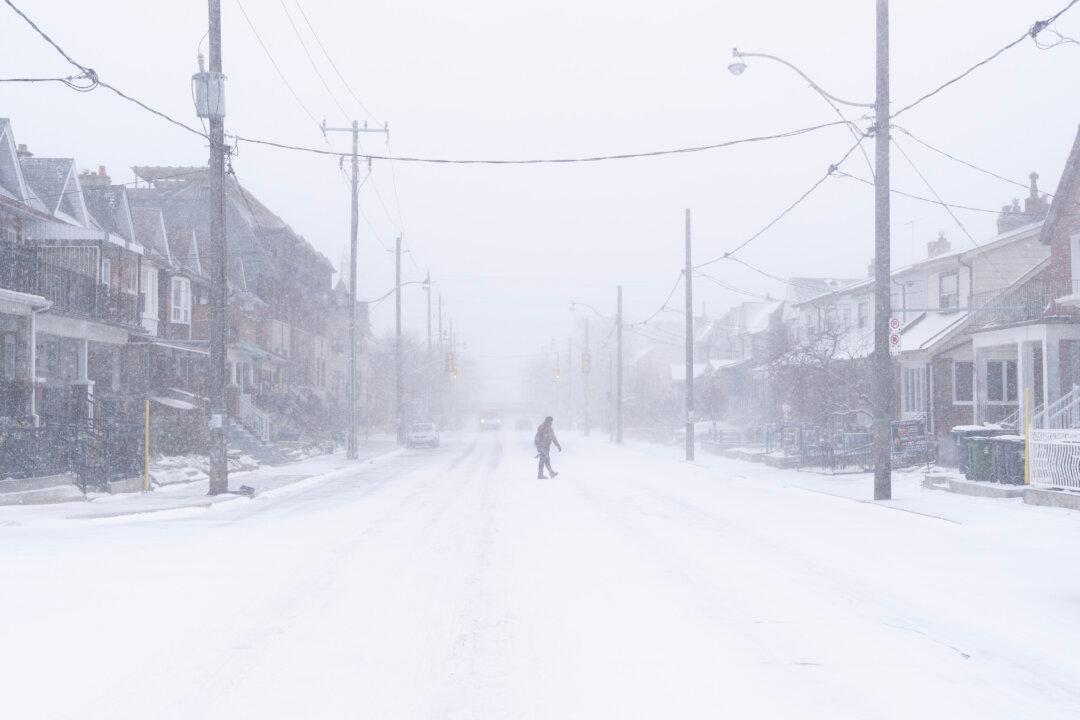Canadians can expect a cold and snow-filled winter season, says the Farmers’ Almanac forecast, as the winter “cold event” La Niña delivers below-normal temperatures to about two-thirds of the country, from east of the Rockies to Ontario.

A man crosses a road during a snowstorm in Toronto on Dec. 23, 2022. The Canadian Press/Arlyn McAdorey




